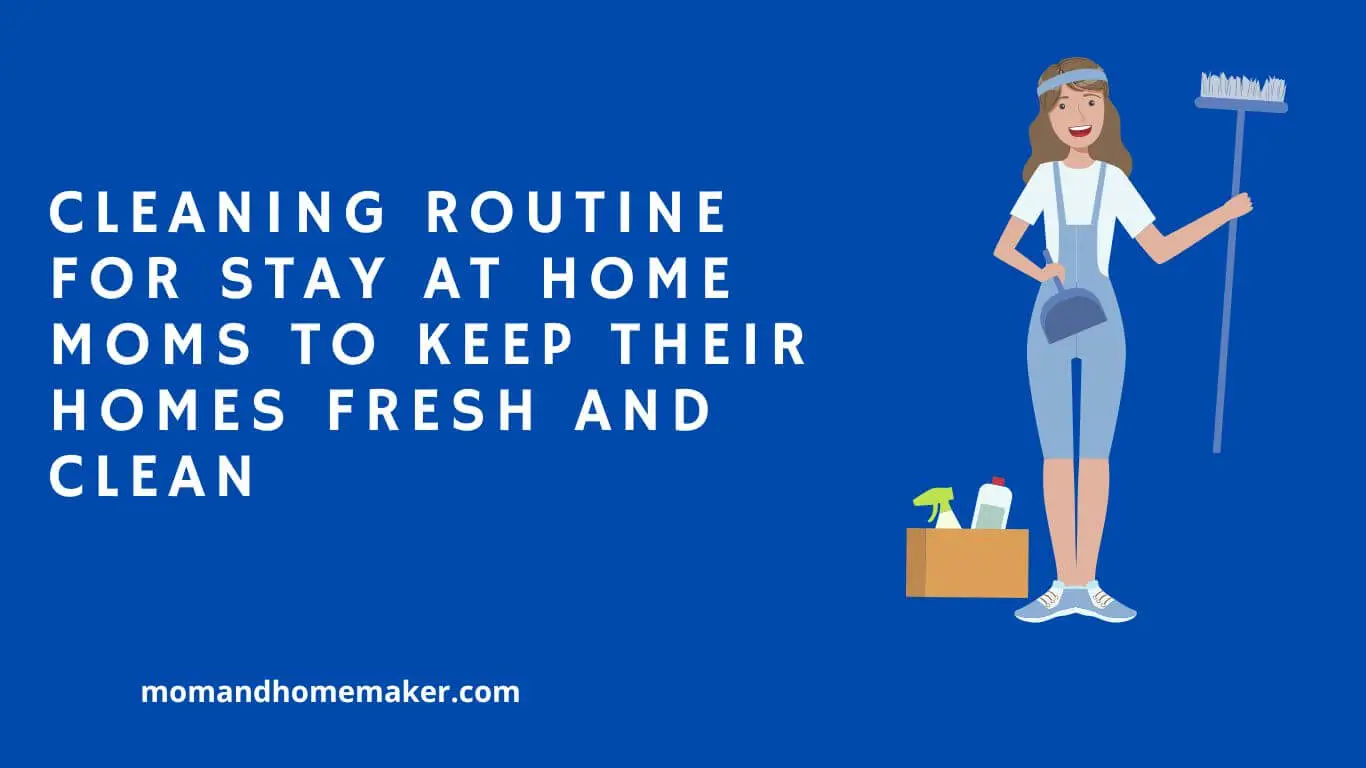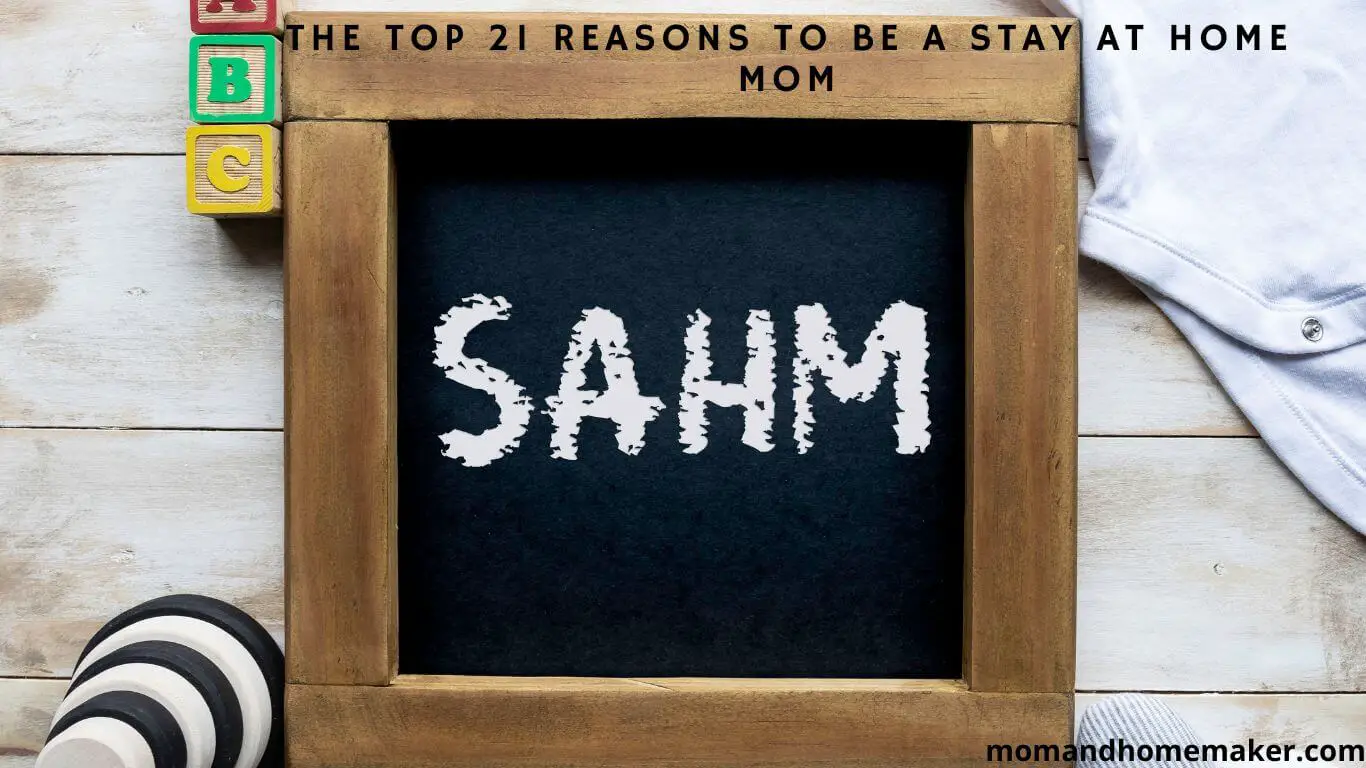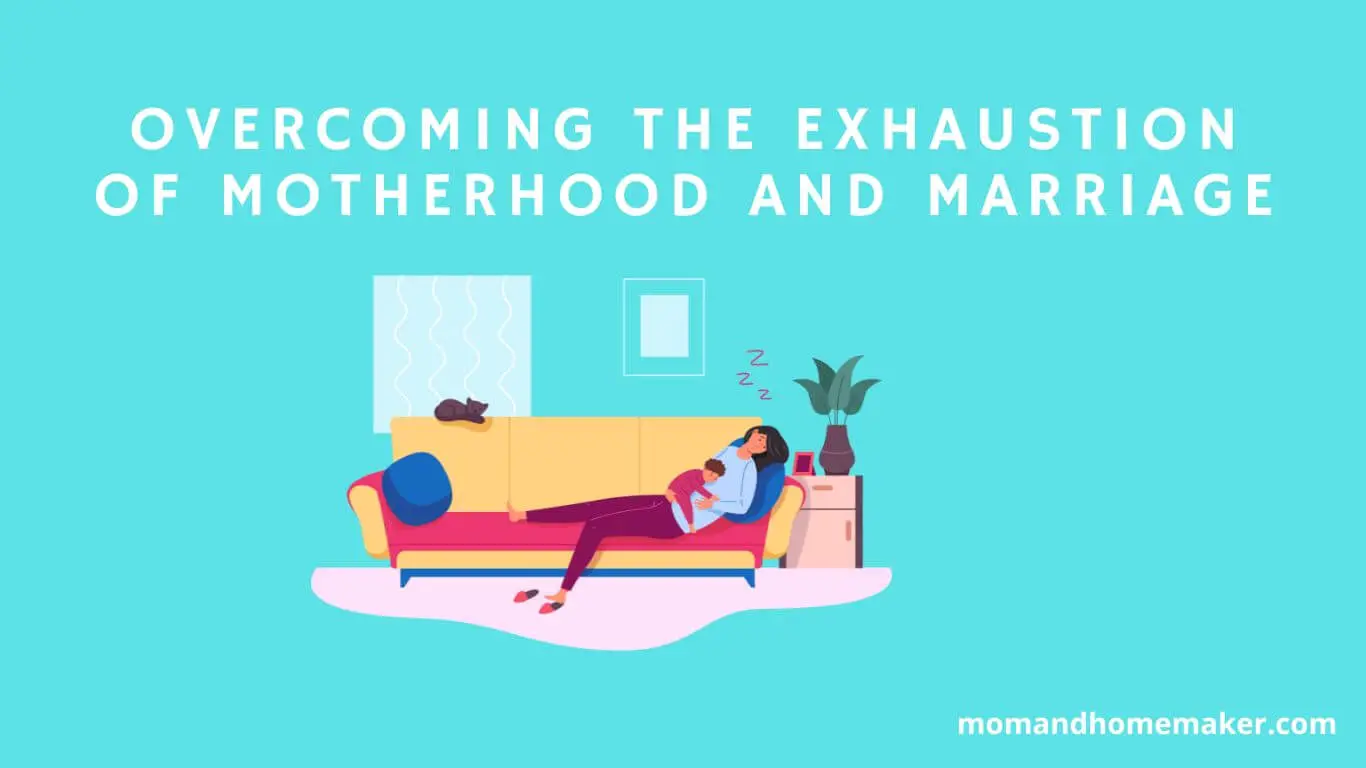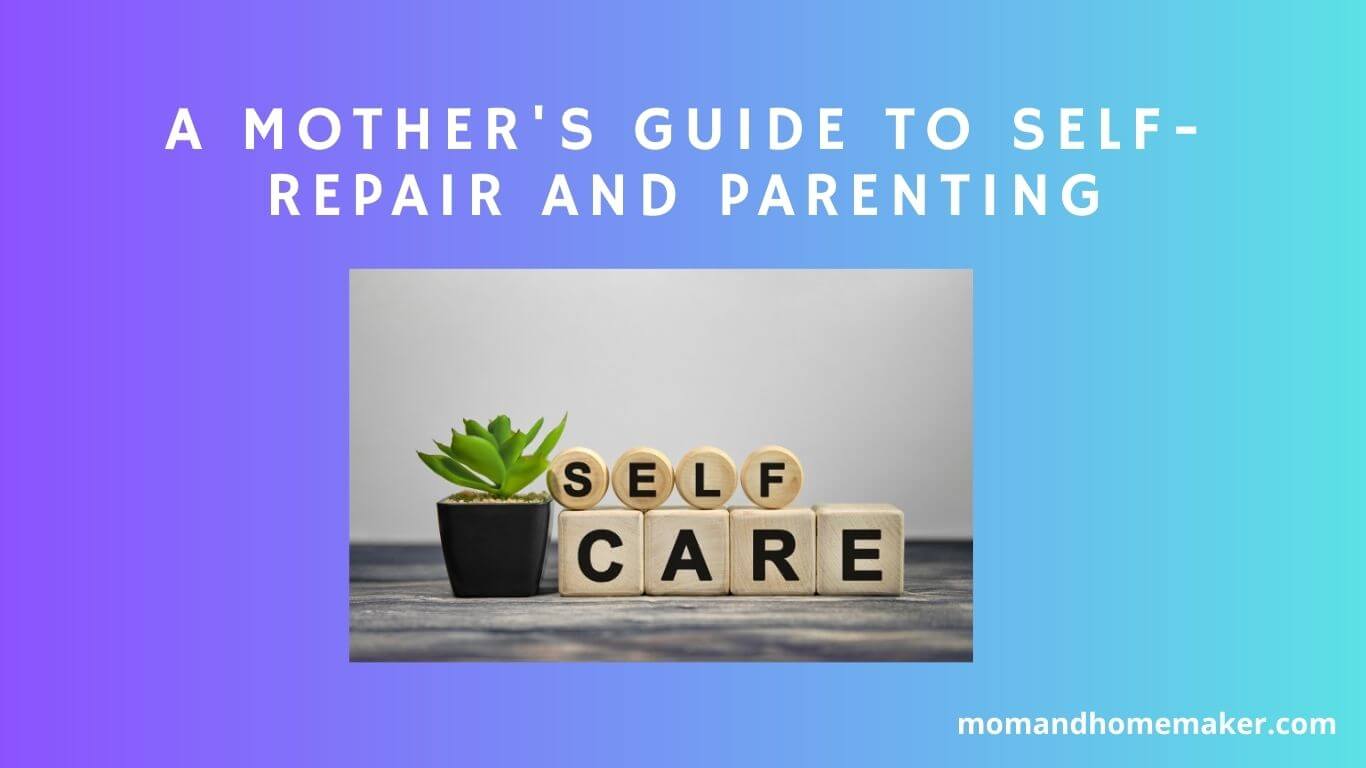The percentage of mothers choosing to stay at home with their children fluctuates, influenced by societal, economic, and personal factors.
Understanding what drives this choice can offer insights into the changing landscape of modern parenting.
Current Stay-at-Home Mom Statistics
Stay-at-home moms are a significant part of the population, choosing to care for their families out of love and dedication. Despite the valuable work they do, these moms often face social stigma and misconceptions about the importance of their role.
The economic impact of stay-at-home moms is notable, as they often sacrifice potential income and career advancement to provide care at home. This decision can have a significant financial impact on the family, but the care and support these moms offer are invaluable.
They create stable and nurturing environments that benefit the entire family in the long run.
Despite the challenges and sacrifices, stay-at-home moms play a crucial role in shaping the next generation. Their commitment and love form the foundation of strong families.
It’s essential to recognize and appreciate the hard work and devotion of stay-at-home moms as they selflessly serve their families with love and dedication.
Factors Influencing Mom Stay-at-Home Choices
Factors like personal values, financial constraints, and societal expectations play a significant role in influencing moms’ decisions to stay at home.
When moms choose to be stay-at-home parents, societal pressures and cultural norms can heavily impact their choices. Society often expects mothers to be the primary caregivers for their children, creating a sense of duty for some moms to stay at home, even if they’ve other aspirations.
Financial considerations are another crucial factor that affects the decision to stay at home. The expenses associated with childcare and other costs can sometimes make it financially impractical for both parents to work outside the home.
In such situations, one parent, typically the mother, may opt to stay at home to take care of the children and manage household responsibilities.
Furthermore, many moms also prioritize personal fulfillment when deciding to stay at home. Some mothers derive immense joy and satisfaction from actively participating in their children’s lives on a daily basis. The opportunity to witness their child’s milestones firsthand and contribute to their development can be incredibly fulfilling.
Trends in Stay-at-Home Motherhood
Stay-at-home motherhood is making a comeback in many communities today. Traditional gender roles and societal expectations have historically influenced mothers’ decisions to stay at home, and these factors continue to shape current trends.
Many families are re-evaluating the importance of having a parent, often the mother, stay at home to provide care and support, challenging the norms that prioritize external careers over caregiving.
The rising costs of childcare also play a significant role in the resurgence of stay-at-home motherhood. Families are facing increasing expenses for childcare, making it financially difficult for both parents to work outside the home.
In such situations, it often becomes more practical for one parent, typically the mother, to stay home and take care of the children.
As we observe these trends, it’s important to consider the changing landscape of stay-at-home motherhood. While societal expectations and economic factors are key influencers, individual preferences and family dynamics also play a crucial role in these decisions.
Understanding the various factors at play can help in supporting mothers to make choices that align with their values and circumstances. It’s essential to remember that each family’s situation is unique, and there’s no one-size-fits-all approach to balancing work and caregiving responsibilities.
Stay-at-Home Moms by Age Group
Stay-at-home moms in different age groups face unique challenges and opportunities. When considering stay-at-home moms based on income level and education level, it’s important to understand how these factors intersect with age to shape the experiences of mothers who prioritize their families.
- Income Level: Younger stay-at-home moms often encounter financial constraints due to lower earning potential early in their careers. As they get older, some may achieve more financial stability, while others could find it difficult to re-enter the workforce after an extended break.
- Education Level: Younger stay-at-home moms may still be pursuing their education while balancing motherhood with academic responsibilities. In contrast, older stay-at-home moms might’ve already completed their education, which could impact their decision to stay at home based on their career prospects.
- Career Progression: The age at which a mom decides to stay at home can influence her career path. Younger moms may pause their careers just as they’re making progress, while older moms might’ve already established themselves professionally before choosing to stay at home.
- Social Support: The support networks available to stay-at-home moms can vary based on age. Younger moms may rely more on peers and online communities, while older moms might’ve established friendships through their children’s school or community activities.
Stay-At-Home Moms Vs. Working Moms
When comparing stay-at-home moms to working moms, we see the diverse dynamics within motherhood shaped by maternal employment. Stay-at-home moms focus primarily on childcare, providing hands-on care and nurturing to their children all day.
In contrast, working moms balance their job responsibilities with family commitments, striving to find harmony between work and quality time with their children.
Gender roles and societal expectations play a role in the differences between stay-at-home moms and working moms. Traditional gender norms have dictated that women should be the primary caregivers, leading to the expectation that stay-at-home moms fulfill their maternal duties.
However, working moms challenge these norms by pursuing their careers while raising their children, breaking away from the idea that a mother’s role is confined to the home.
Both stay-at-home moms and working moms encounter unique challenges and rewards. Recognizing and valuing the distinctions between these roles can help create a supportive and inclusive environment for all mothers, regardless of their choice in maternal employment.
Stay-at-Home Moms in Different Regions
Stay-at-home moms in different regions encounter unique cultural influences that shape how they parent and manage their daily lives.
- Cultural Diversity: Various regions have distinct cultural norms that impact how stay-at-home moms raise their children. For instance, some cultures prioritize collective childcare involving extended family members, while others lean towards individualistic parenting styles.
- Economic Factors: Economic conditions in different regions play a significant role in the prevalence of stay-at-home moms. In areas with high living costs or limited job opportunities, more mothers may choose to stay at home due to financial constraints.
- Community Support: The level of community support for stay-at-home moms varies by region. Some areas offer robust networks of parent support or community resources, while others lack such systems, leading to feelings of isolation among mothers.
- Work-Life Balance: Expectations regarding work-life balance differ across regions. In some areas, there’s more acceptance and support for mothers who stay at home, while in others, there may be pressure for women to balance work and parenting responsibilities.
Stay-at-Home Mom Statistics Over Time
The trends in stay-at-home mom statistics have shifted over time, reflecting changes in societal norms and economic conditions. In the mid-20th century, more women stayed at home due to traditional gender roles.
However, as the years passed, fewer women chose to be stay-at-home moms as more entered the workforce. This shift was influenced by evolving perceptions of women’s capabilities and financial pressures.
Historically, there was a strong societal expectation for women to prioritize homemaking and childcare over their careers, leading to a higher percentage of stay-at-home moms. Today, attitudes have changed to support women’s choices, whether they decide to stay at home or work outside the home.
This shift has empowered women to make decisions based on personal preferences rather than societal norms.
Conclusion
About 29% of mothers choose to stay at home, a trend that’s on the rise, especially among younger mothers. It’s important to note that being a stay-at-home mom or a working mom both have their own unique pros and cons.
Regional differences also impact the prevalence of stay-at-home moms. Motherhood today is diverse and constantly changing, much like a vibrant kaleidoscope.








